[su_heading style=”default” size=”13″ align=”center” margin=”20″]Nutrition Guide – 10 Best Foods That Contain Folic Acid[/su_heading]
Guide : 10 Best Foods That Contain Folic Acid
If you’ve been close to pregnant women, or if you’ve ever been pregnant yourself, then you must have come across folic acid. It is like a holy grail for pregnant women. As a matter of fact, experts advise that you take folic acid rich foods and supplement at least 3 months before you conceive. This is to build up the perfect incubation environment for your baby when you finally get pregnant.
But wait a minute, folic acid is not meant for pregnant women alone! Everyone should have a quality supply of folic acid in their daily meal in order to live a healthier and happier life.
How Much Folic Acid Should You Take?
The recommended amount of folic acid you should take per day depends on some health factors. For instance, if you’re pregnant, you’re expected to take more folic acid than usual. However, on a general basis, the daily recommendation of folic acid for an adult is 400 mcg. The maximum amount of folic acid you should consume per day is 1000 mcg. And yes, there are side effects of taking a lot more folic acid than recommended. So, do not overeat any foods that contain folic acid.
What are the Risks of Not Taking Folic Acid or Taking Too Much of it?
If you fail to meet the expected folic acid cut (400 mcg) per day for a notable period of time, you’ll start to experience symptoms of folic acid deficiency. Some of them are:
- Swollen tongue
- Poor growth
- Graying hair
- Mouth ulcers
- Diarrhea
- Peptic ulcers
- Anemia, etc.
Also, if you take too much folic acid, more than 1000 mcg per day for a period of time, you’ll start experiencing symptoms like:
- Strange bad taste in your mouth
- Sleep disturbance
- Breathing difficulties
- Confusion
- Nausea
- Redness
- Loss of appetite
- Irritability
- Skin rash
- Itching, etc.
Best Sources of Folic Acid
Here are 10 common sources of folic acid to help you keep up with the required recommendation per day.
1. Beans
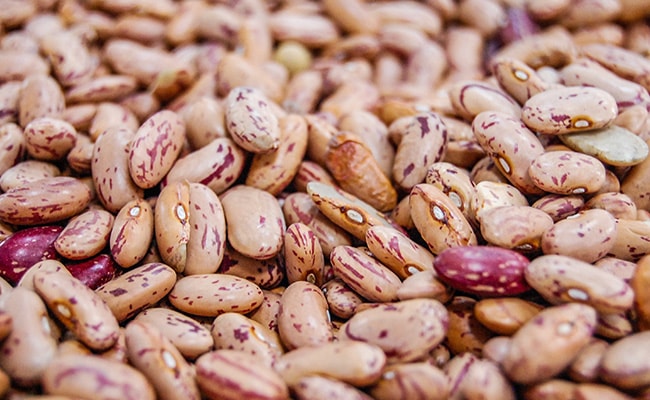
This is one of the commonest foods you can find around. It is richly endowed with protein, zinc, copper, potassium and is high in fiber. Protein helps in the building and repairing of body tissues, very good for children and adolescents, as well as anyone at all who may want to grow muscles. A cup of beans has been verified to contain about 14 grams of protein.
Beans are great, and so are legumes generally. So, if you want to take a break from beans, you can still count on other forms of legumes to help you keep up your folic acid levels.
2. Eggs
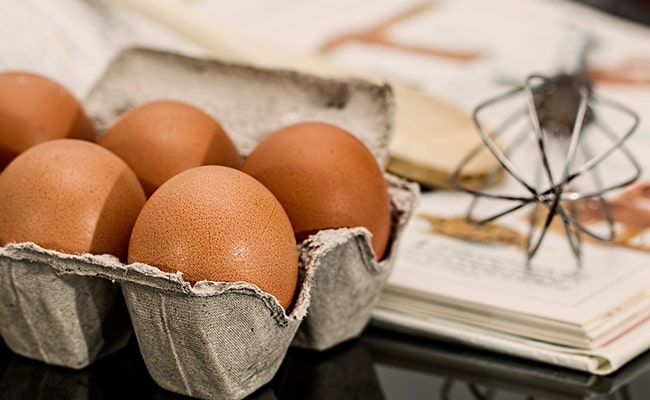
If only we understand how incredibly nutritious eggs are, we will not take it as lightly as we use to. Plus, it’s been categorically stated that you can take 2 to 3 eggs per week (as opposed to one a week) and not suffer any health complications; except if you’re predisposed to such health issues.
Eggs are regarded as such a food superstar because it contains a bit of almost every nutrient there is. And that includes a healthy dose of folate. A moderately large egg offers up to 23.5 mcg of folate.
3. Citrus Fruits
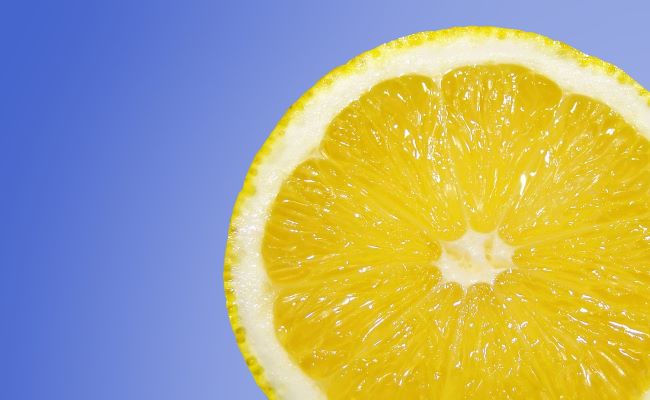
Citrus fruits come in different forms and compositions; all of which are very delicious, nutritious, and specifically high in vitamin C. Oranges, limes, lemons, grapefruits, and mandarins are good examples of citrus fruits. Besides all that, citrus fruits are rich in folate too.
One moderately large orange contains 55 mcg of folic acid. Other citrus fruits may have more or less folate depending on their nature. Taking citrus fruits very often and in large quantities has been associated with lower risk or cancer in the breast, stomach, and pancreas.
4. Brocolli
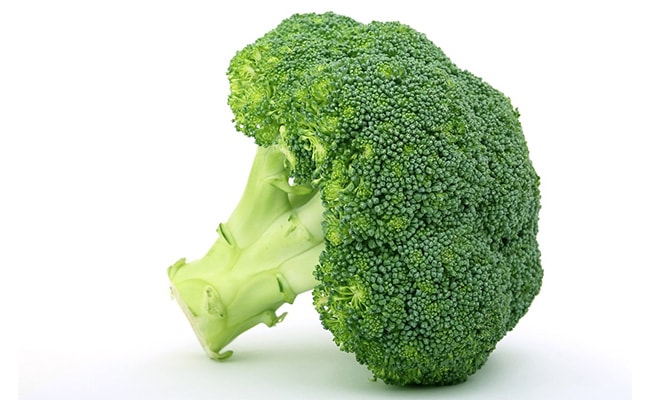
Brocolli is great, irrespective of people’s negative disposition towards it, especially children. It is weird though because broccoli is mildly flavored with a multitude of health-promoting properties.
Broccoli is a great source of vitamin K and C. It is also a great source of folate, potassium, and fiber. One cup of raw broccoli, which is about 91 grams, contains close to 60 mcg of folic acid. Interestingly, cooked broccoli contains even more folate. A cup of cooked broccoli, which weighs 78 grams, contains more than 80 mcg of folate.
5. Beef Liver
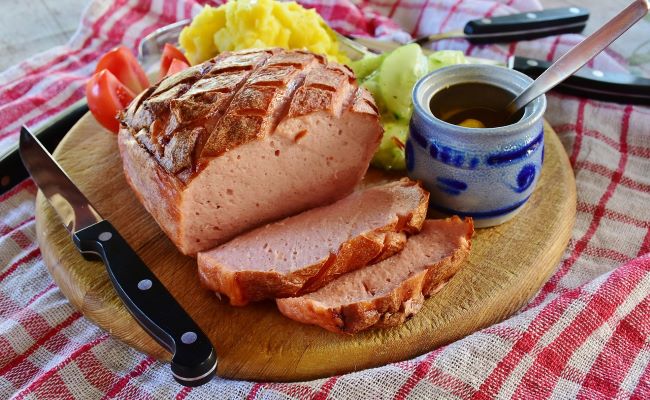
Organ meat is one of the most nutritious and delicious parts of meat. They are sometimes referred to as “offal” which literally translates to “off all” the animal’s body. Beef liver is one of the most nutrient dense of all offals with high folic acid content.
It contains 212 mcg of folate in every 85-gram serving. It is also high in vitamin A, vitamin B12, and copper.
6. Nuts and Seeds
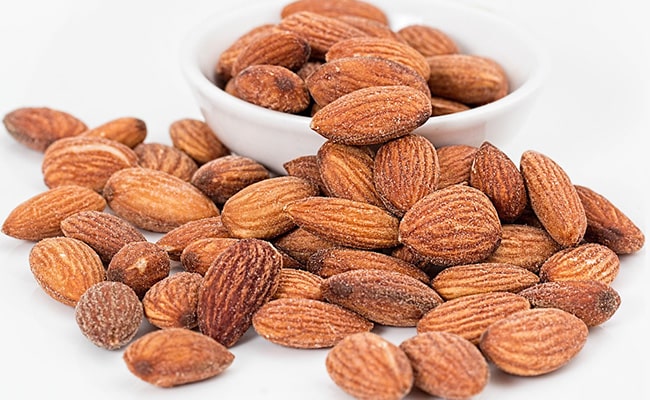
If you’re looking for a powerful punch of nutrients, nuts and seeds got you. There are quite a bunch of reasons to consider upping your intake of nuts and seeds; one of which is because they are very rich in folate.
Just as there are different types of nuts and seeds, so also does the amount of folate in them vary. In most cases, 28 grams (or an ounce) of nuts or/and seeds will give you nothing less than 20 mcg, which is great.
7. Bananas
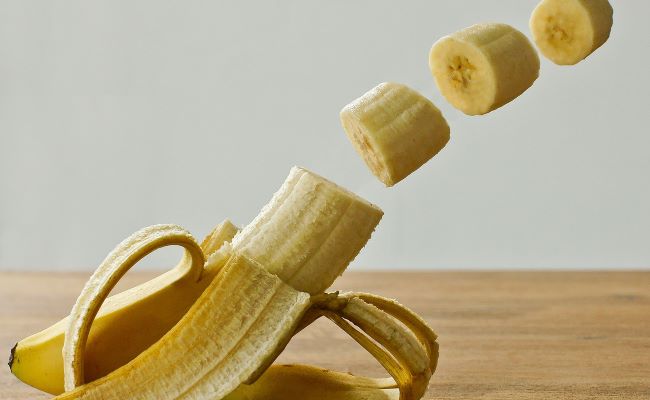
Yes, bananas are known for their high level of potassium, but there is more to why they are referred to as a nutritional powerhouse. In addition to potassium, bananas contain many other nutrients that are great for your health; including folate. It is not surprising that professional athletes regard it as a go-to food during their athletic performance.
Bananas are particularly high in folate and a wide variety of vitamins and minerals. One medium-sized banana contains about 23.6 mcg of folate.
8. Beets
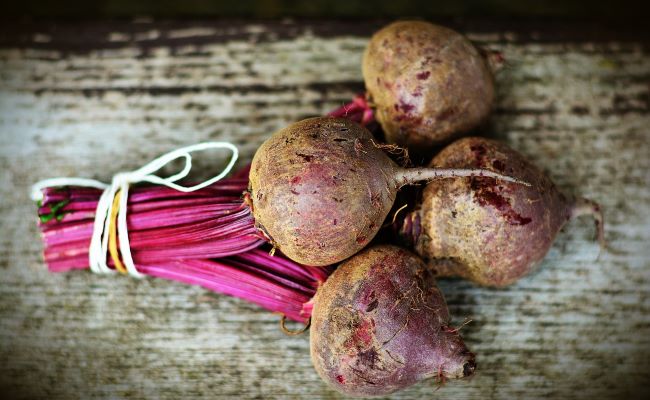
Beets are another healthy source of folic acid. A cup of beet weighs 136 grams and it contains 148 mcg of folate in it. In addition to all the health benefits of potassium, you’ll also enjoy other health benefits like anti-cancer properties, detoxification, improved brain functions, eye health, improved skin, and physical endurance.
9. Asparagus
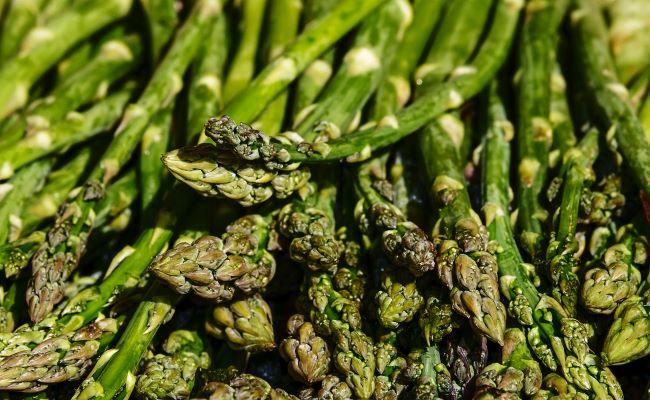
Vegetables are good generally, especially for their vitamins, minerals, and fiber contents. A lot of them contain folate too, but probably not as much as asparagus.
Asparagus is rich in anti-oxidant and offers anti-bacterial and anti-inflammatory properties. It can also help to fight cancer, promote brain health, and help you to control your weight.
10. Avocado
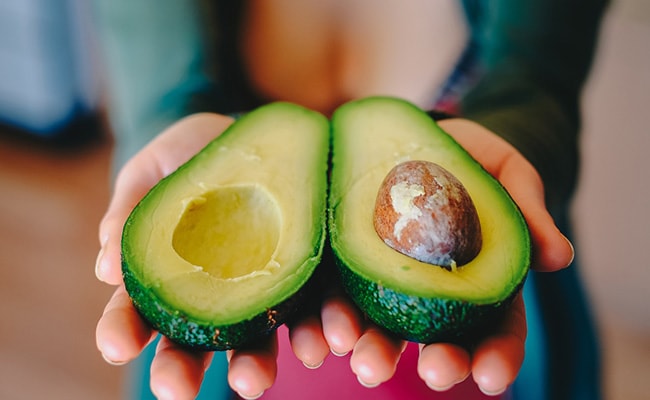
Avocados are so delicious, especially on toast bread or when used as a salad smoothie. They contain healthy nutrients, and they can easily pass for either fruits or vegetables (they are technically fruits though).
A ripe and ready to eat avocado contains up to 110 mcg of folate per cup. That goes a long way; more than one-fourth of your recommended daily intake of folate. Avocados also contain excellent fatty acids, dietary fiber, and vitamins.
Eating a lot of these folate-rich foods can help you keep up with your recommended folic acid intake. It is best to take them in the most organic form as possible. However, if you still find yourself falling short of the ideal intake, then the next best thing to do is take folate supplements. Just make sure you consult a health professional on the matter should you choose to start taking any supplements.

[su_note note_color=”#b71319″ text_color=”#ffffff” radius=”3″ class=””]Do you like this post ? Sharing is Caring ![/su_note]


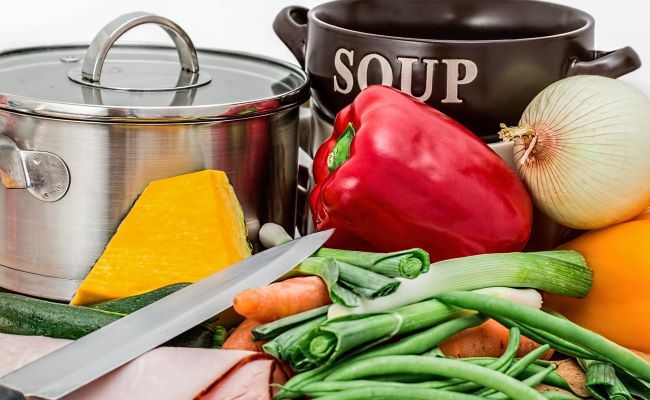








 ...
...

